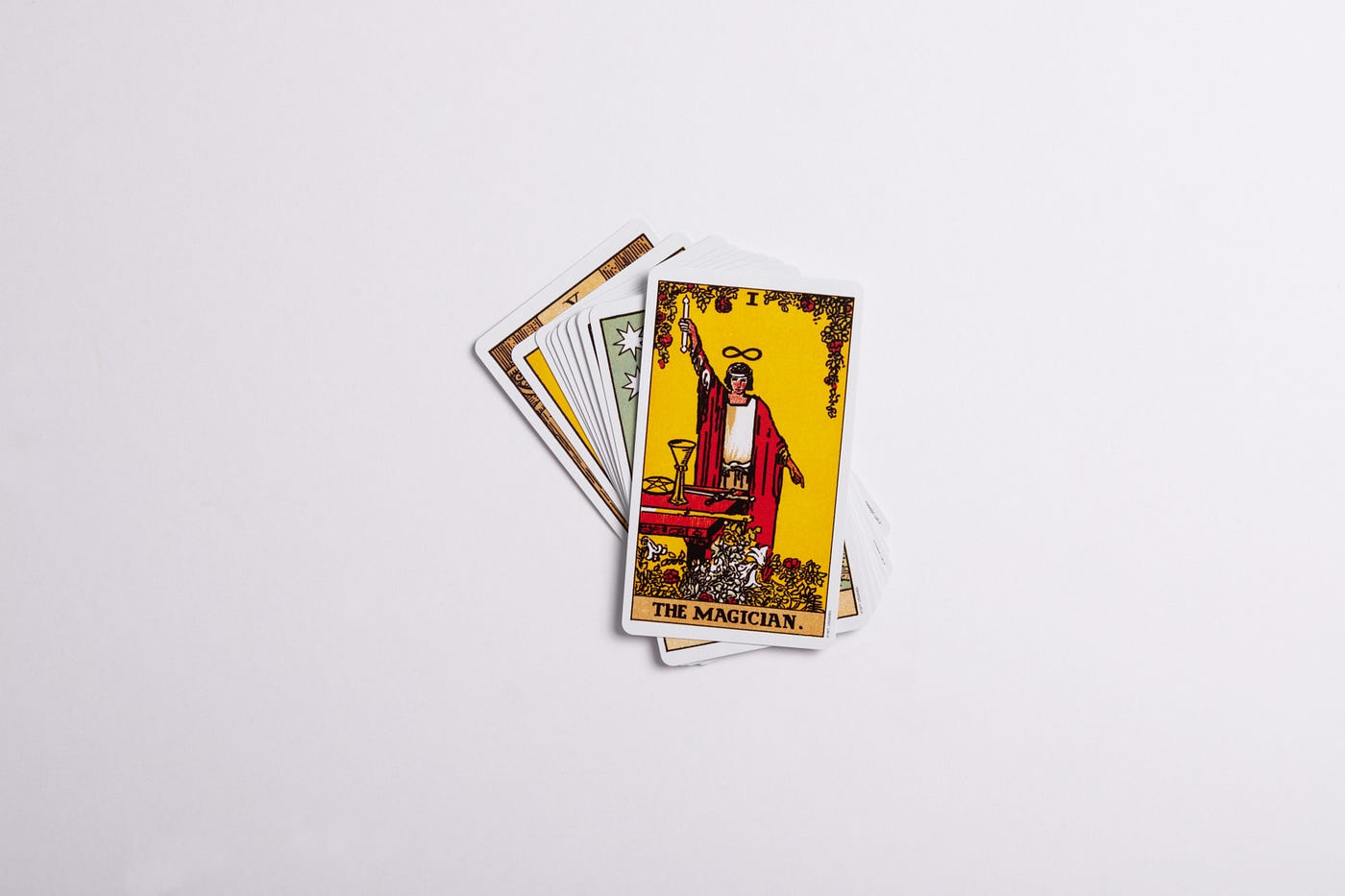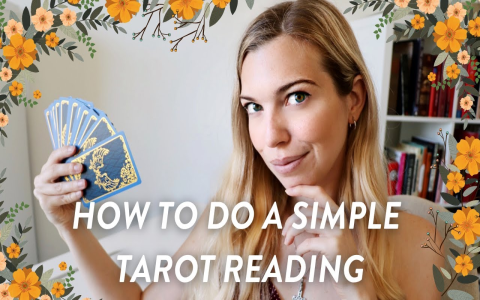Okay, guys, so the other day I got this idea in my head to make a tarot card generator. I’ve always been kind of fascinated by tarot, you know? It’s not like I’m some expert or anything, but the whole concept of it is just super interesting. So, I thought, why not try to build something that generates tarot readings? It seemed like a fun little project.

First things first, I needed to figure out how I wanted this thing to work. I mean, there are a bunch of tarot spreads out there, but I decided to keep it simple and start with a three-card spread. You know, the classic one where the first card is the past, the second is the present, and the third is the future. Pretty straightforward, right?
Next, I had to think about the cards themselves. I did some digging and found out there are a ton of different tarot decks with all sorts of artwork and meanings. Some can even be reversed, I decided to simulate this feature. For this project, I decided to stick with the most common one, just to keep things simple. I figured I could always add more decks later if I wanted to.
Now came the fun part – actually building the thing! I chose to do it in Python because that’s the language I’m most comfortable with, and there are a bunch of libraries out there that can help with this kind of stuff. I spent a good chunk of time just writing the code to randomly select three cards and assign them to the past, present, and future positions. It wasn’t super complicated, but it definitely took some trial and error to get it working just right.
- Figuring out the basic logic.
- Choosing a programming language (Python, in my case).
- Writing the code to randomly select and display the cards.
Once I had the basic functionality down, I started thinking about how to make it look a little nicer. I mean, nobody wants to stare at a boring black-and-white screen, right? So I added some ASCII art to represent the cards. It’s not super fancy, but it definitely adds a bit of visual flair. I also added some text descriptions for each card, just to give the user an idea of what each card might mean.
After a few days of tinkering and tweaking, I finally had something I was happy with. It’s not perfect, of course, but it’s a pretty solid start. It generates a three-card reading with some basic interpretations, and it’s actually kind of fun to play around with. I even showed it to a few friends, and they seemed to enjoy it, too. You can ask it some questions, but you’d better not keep repeating it if you don’t get the answer you want. Also, the tarot has a sense of humor. You may get the answer to another question.
Further improvements
I’m definitely planning on continuing to work on this project. There are a bunch of features I’d like to add, like different spreads, more detailed card meanings, maybe even some kind of user interface. But for now, I’m pretty happy with what I’ve accomplished. It’s been a fun and rewarding experience, and I’ve learned a lot along the way.
If you guys have any suggestions or ideas, feel free to let me know! I’m always open to feedback and looking for ways to improve my projects.








